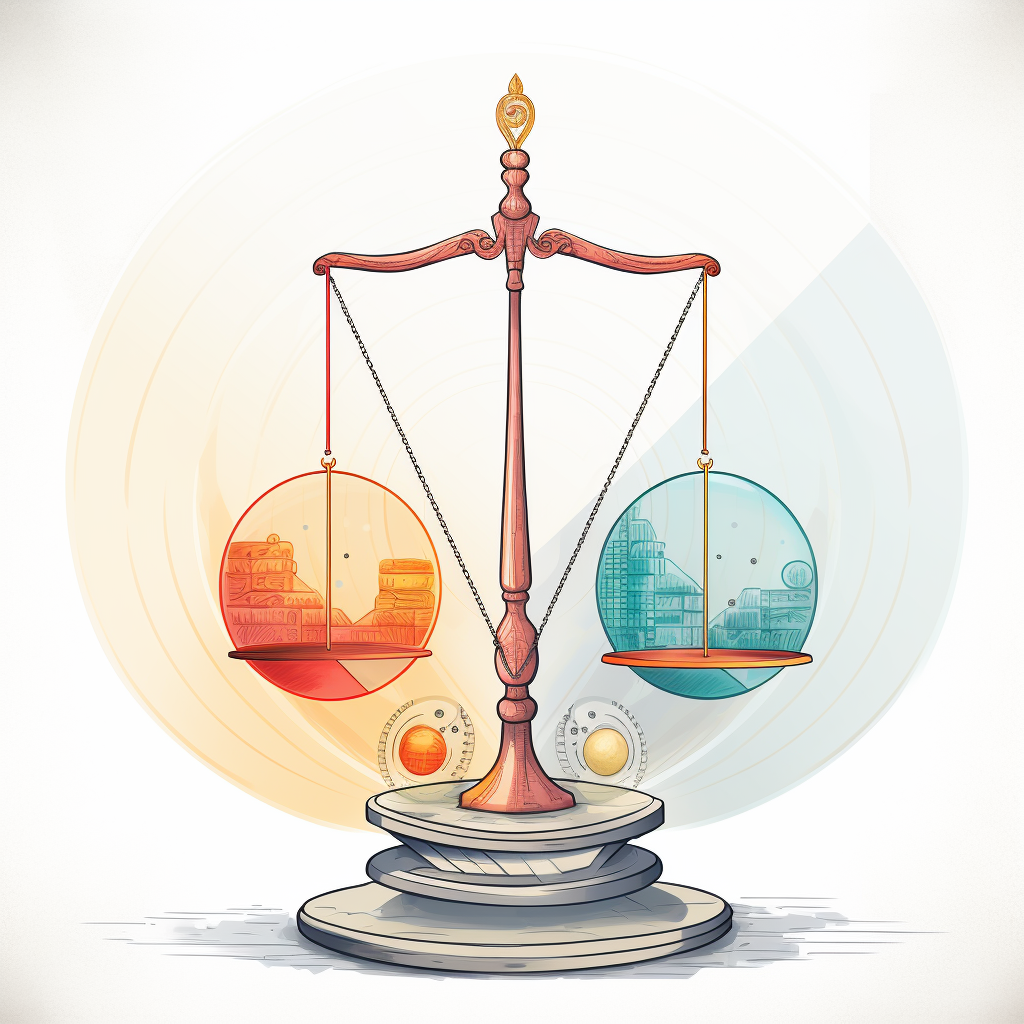“Thinking, Fast and Slow” is a groundbreaking book by Nobel laureate Daniel Kahneman, delving into the two systems that drive human decision-making. Drawing on decades of research in psychology and behavioral economics, Kahneman provides a comprehensive exploration of the human mind’s dual thought processes and how they shape our perceptions, judgments, and choices.
GET “Thinking Fast and Slow” by Daniel Kahneman BOOK FOR FREE
The book introduces the concept of System 1 and System 2 thinking. System 1 operates automatically, quickly, and effortlessly, relying on intuition and heuristics to make snap judgments and decisions. It is the intuitive, impulsive, and emotional part of the mind. On the other hand, System 2 is slower, more deliberate, and more rational. It involves careful analysis, critical thinking, and mental effort.
Kahneman takes readers on a journey through various cognitive biases and illusions that arise from the interaction between these two systems. He explores the concept of “cognitive ease” — the preference for easy, low-effort processing — and how it influences our beliefs and decisions. Cognitive ease often leads us to accept intuitive answers, even when they are incorrect, and to avoid the effort of engaging in deeper analytical thinking.
GET “Thinking Fast and Slow” by Daniel Kahneman BOOK FOR FREE
One of the core themes of the book is the notion of human irrationality. Kahneman demonstrates how our cognitive biases affect judgments in areas such as financial decisions, investments, and risk assessment. For instance, the “anchoring effect” causes individuals to rely heavily on the first piece of information they receive when making decisions, leading to skewed judgments.
Another crucial concept is “prospect theory,” which explains how individuals evaluate potential gains and losses. Kahneman reveals that people are more averse to losses than attracted to gains, leading to risk-averse behavior when faced with choices involving potential losses.
GET “Thinking Fast and Slow” by Daniel Kahneman BOOK FOR FREE
Kahneman further explores the role of overconfidence in decision-making and how individuals tend to be overly optimistic about their abilities and judgments. This overconfidence often leads to faulty decisions and an underestimation of potential risks.

Throughout the book, the author presents vivid examples and real-world experiments that highlight the intricacies of human decision-making. These experiments showcase the systematic errors we make due to biases, such as the “availability heuristic,” where we judge the probability of an event based on how easily we can recall similar instances.
GET “Thinking Fast and Slow” by Daniel Kahneman BOOK FOR FREE
Kahneman also examines the impact of framing — how the presentation of information can influence our choices. He illustrates how subtle changes in wording or presentation can significantly alter people’s decisions, demonstrating the power of psychological framing in shaping outcomes.
In the latter part of the book, Kahneman delves into the concept of happiness and how our memories of experiences are not always reflective of our actual emotional experiences. He distinguishes between the “experiencing self” and the “remembering self,” revealing that our happiness is often based on how we remember past events rather than how we experienced them at the moment.
GET “Thinking Fast and Slow” by Daniel Kahneman BOOK FOR FREE
Towards the end, Kahneman provides valuable insights on improving decision-making by recognizing cognitive biases and employing strategies to mitigate their impact. He suggests slowing down our thought processes and encouraging System 2 thinking in situations that require careful judgment and analysis.
In conclusion, “Thinking, Fast and Slow” offers a comprehensive and engaging exploration of the human mind’s intricacies and the dual processes that govern our decisions. By understanding the interplay between System 1 and System 2 thinking and recognizing the numerous cognitive biases that influence our judgments, readers can gain valuable tools to make more informed and rational decisions in both personal and professional domains. Kahneman’s work is a landmark in the fields of psychology and behavioral economics, providing a wealth of knowledge that challenges conventional wisdom and opens new avenues for understanding the complexities of human decision-making.
GET “Thinking Fast and Slow” by Daniel Kahneman BOOK FOR FREE
